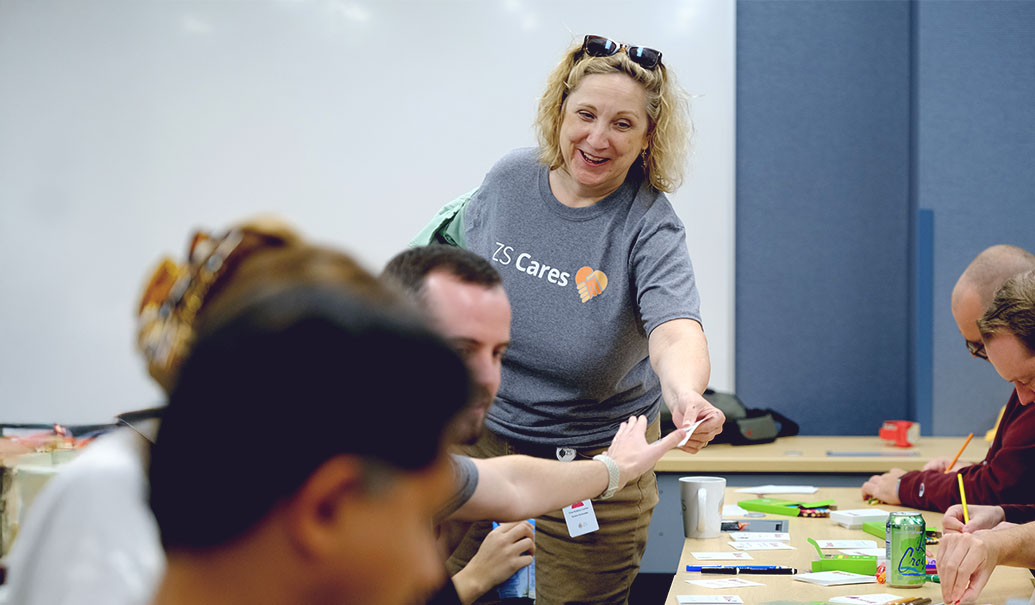Like a fire that exposes and exacerbates damage to a house’s foundation, COVID-19 shone a light on health disparities in the U.S. While we’re currently busy putting out healthcare’s “fire,” we’re left with an inescapable question: How can we mend the industry’s foundation? And, what role can life sciences companies play in the quest to improve healthcare for all?
Virtually all healthcare organizations from health systems and payers to life sciences manufacturers are now trying to understand how to address social determinants of health (SDOH) to improve outcomes and advance health equity. SDOH, loosely defined as non-medical and non-biological contributors to health, is a larger contributor (50 to 90%) to overall health than the medical and biological components. By comparison, 60% of U.S. healthcare spending is disproportionately focused on medical interventions.
For pharmaceutical and medical device manufacturers specifically, SDOH presents two opportunities. The first is helping patients stay on their healthcare journeys. By addressing SDOH factors that may cause patients to stop seeking care, manufacturers can help increase the number of patients who go on to receive appropriate therapies and improve outcomes. The second is bringing new dimensions of “value” to health systems and payers. By offering expertise in individual therapy areas, a manufacturer can partner with other healthcare stakeholders to create mutual benefit while simultaneously achieving the first goal.
“SDOH, loosely defined as non-medical and non-biological contributors to health, is a larger contributor (50 to 90%) to overall health than the medical and biological components.”
On top of these opportunities, COVID-19 has accelerated the evolution of the life sciences go-to-market model and forced many manufacturers to look at alternative ways of engaging customers. Disruptions in patient journeys and limitations on traditional modes of interaction with healthcare providers has made it more pressing than ever to revisit the customer engagement strategy.
Some life sciences companies are making great progress with their plans to incorporate SDOH into their business processes. Broadly speaking, these manufacturers have approached the issue in three ways:
- Obtain data and identify drivers. The most common—and simple—starting point for many manufacturers has been aggregating or purchasing social and behavioral. Best-in-class companies are identifying partners to integrate and analyze the data to provide visibility into how SDOH drives patient outcomes. A few have acted on these insights, with their marketing teams using the insights to expand the patient funnel to open more opportunities. Along the same lines, account management organizations use the data to start new conversations with key customers. Outside of these examples, most companies are struggling to develop a systematic way to use data and insights to inform and prioritize actions.
- Enhance existing processes and programs. A handful of manufacturers have added SDOH considerations to specific processes. Patient-related functions such as targeting and event prediction, deployment of support programs, and clinical trial recruitment naturally dovetail with a SDOH-entrenched mindset and are frequently good places to start.
- Develop new programs and capabilities. A few manufacturers have developed programs that address specific health disparities. Examples include Pfizer’s participation in Take Action for Health, a collaboration that aims to improve outcomes for the black community in certain therapy areas, and Roche’s collaboration on the SisterPact project aims to reduce disparities in breast cancer outcomes.
While companies have achieved varying degrees of success with these three approaches, there are commonalities among those making the most progress.
- Get specific. Home in on your therapeutic areas of expertise, define the measures to affect, understand the relevance of SDOH drivers on those measure, and prioritize efforts accordingly. The measures and drivers can be fairly different across disease states, such as cancer screening, ophthalmology referrals and therapy compliance in diabetes.
- Get local. Healthcare happens locally as do social determinants, so manufacturers need to think about how to address heath disparities on a local level. Going local is a key step in transforming the overarching goal of health equity into manageable pieces.
- Get a partner. Once we understand what the issue is, how large it is and what’s causing it, we need to determine who we can work with to find a solution. Manufacturers specialize in diseases while health systems and payers specialize in populations and the right partnership can tremendously benefit this intersection of expertise. The right partner cares about the same issues, but also can pull through on tough tasks.
Life sciences companies need to get a handle on healthcare disparity and inequity before COVID-19’s flames go out. Our industry has much to learn from health systems, payers and other healthcare stakeholders that have invested in SDOH for many years and are poised to continue protecting and repairing the industry’s foundation.
Add insights to your inbox
We’ll send you content you’ll want to read – and put to use.














